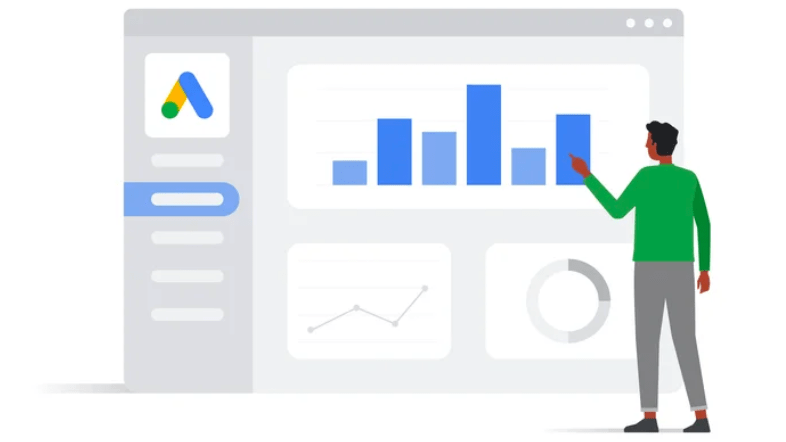Blog
Guidance from our Digital Marketing Experts in Seattle
It’s easy, with how everything feels online now, to forget that the vast majority of purchases are still made offline. You’d be forgiven for feeling like everything is happening online, but the reality is that still over 80% of purchases in this country are in-person. So then why does so much of the online advertising sphere seem to talk like the offline world straight up doesn’t exist anymore? If that’s you, one of the first steps to “un-forgetting” the real world — and how to include it in your digital […]
So, you’ve realized some (or all) of your site isn’t user-friendly or easily navigable. This is something many businesses deal with, particularly as they grow — either in size and scale or philosophically in their offerings. In this case, you’ll eventually realize that, very likely, a site redesign is necessary. Luckily this isn’t an insurmountable task! What it is, though, is a task that can work against you if you don’t consider all the factors that go into it — in this case, the SEO implications. Critically, it’s much more […]
Today’s part two in our look at editorial calendars and why they’re so indispensable. If you haven’t gotten a chance yet, we recommend giving the first part a read to learn more about how and why they can help you. Otherwise, to the rest of it all! The first steps in building an effective editorial calendar Image Source: HubSpot.com There are a handful of measures you can take that help create a solid foundation for your editorial approach. The following are steps we recommend to everyone: Once you’ve established these, […]
An editorial calendar sounds a lot fancier than it is; yes, it is a strategic planning tool that’s valuable for organizing your output, whether you’re a one-person brand or a giant organization — but in the end it’s A) a calendar for B) the media you publish. Some might say “content.” Really, so much of the success of your online presence — and through extension, business itself — can be traced back to the (quality) content you contribute. And a big factor in that success is influenced, in the long […]
When designing your ad campaigns, it can be easy to overlook your attribution model. After all, many people running ads don’t even really know what an attribution model is. Of course, it could slip under the radar! There are six attribution models available for Google Ads, and each one is a different way of deciding which ad (or ads) get “credit” for when a user converts. Obviously, each user doesn’t fill out a survey saying “this ad made me buy your product more than this other ad,” so the attribution […]
Back in Ye Olden Times (like, 2019), creating a custom report was pretty dang easy: hit the “customization” tab… boom, you’re golden. Now with Google’s switch to GA4, this has become an unfamiliar task for most people marketing their business. It can feel like a pain and like you have to relearn everything from scratch again. Luckily, that’s exactly what we’re gonna cover. A quick intro to GA4’s custom reports (and why they matter) Within GA4, there are standard reports pre-configured into the dashboard already — these are of course […]
Negative keywords are in some ways exactly what they sound like. If normal keywords are those you want to rank for, negative keywords are the ones about which you tell Google “Don’t you dare.” In more normal wording, they’re search terms you wish to be explicitly excluded from your ads campaign. While your campaigns can sometimes do perfectly fine without negative keywords, there is almost always a way you can tighten up your results and improve efficiency with them. And for some business or product types, they can make a […]
UTM stands for urchin tracking module, and is a parameter that shows you how a user came to arrive on a landing page. These modules can tell you the site from which the traffic came, what part of the ad or which kind of ad a user clicked on, the type of link or campaign that brought them there, ad group, and more. To implement them, you’ll come across fields like… The tracking template and final URL suffix fields — what are they? These are the places you’ll find within the […]













